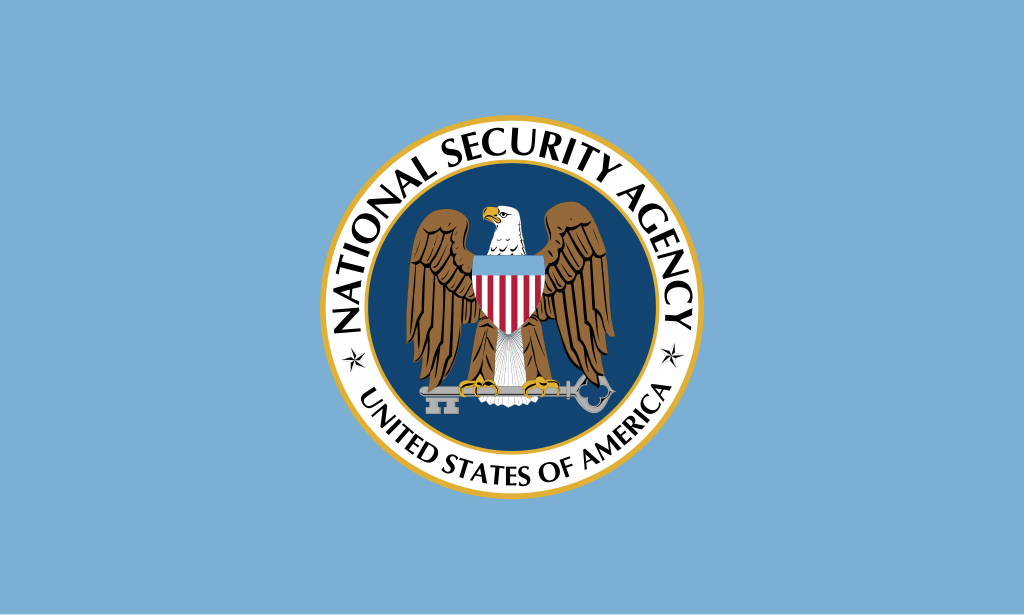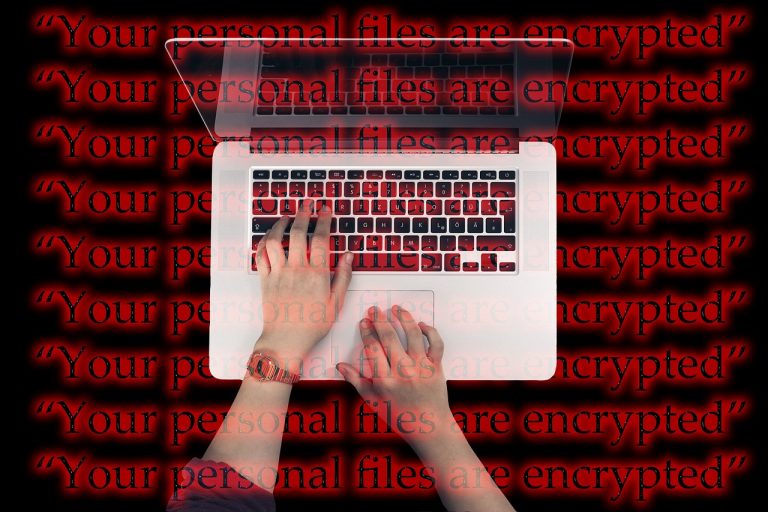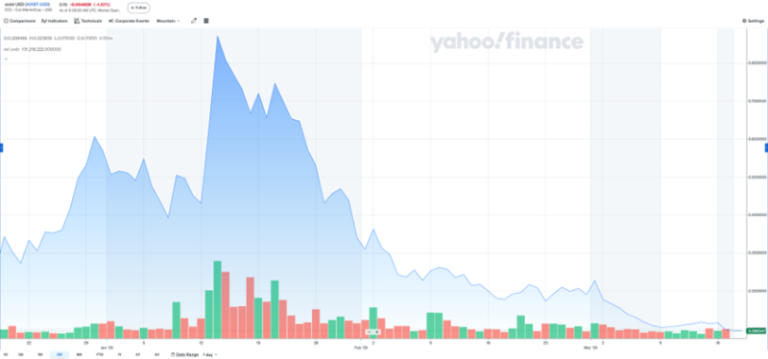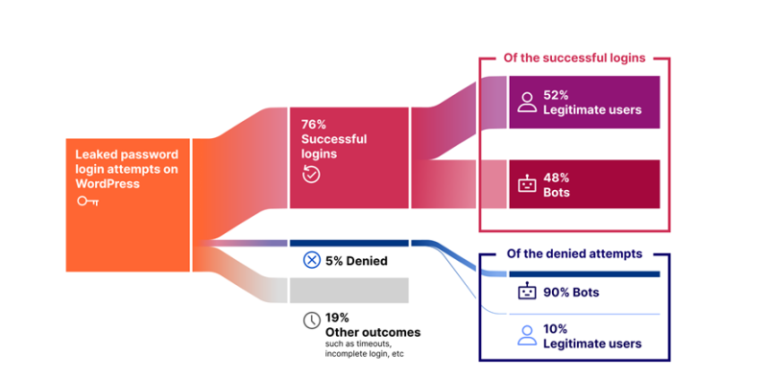
U.S. Secretary of Defense Pete Hegseth has directed U.S. Cyber Command (USCYBERCOM) to expedite preparations for a sweeping modernization effort known as “Cyber Command 2.0.” Instead of the originally planned 180 days to formulate an implementation strategy, the command has now been given a mere 45 days, requiring the final report to be submitted no later than March 22. This abrupt reduction in timeline presents a formidable challenge for USCYBERCOM leadership, as it necessitates a rapid reassessment of key operational processes.
Reasons Behind the Accelerated Reform
The Cyber Command 2.0 initiative was initially approved late last year under former Secretary of Defense Lloyd Austin. However, with the incoming administration of Donald Trump, U.S. cyber policy priorities have shifted dramatically. The new White House team is advocating for a more assertive and aggressive approach in cyberspace, particularly in response to recent cyberattacks and espionage operations attributed to China.
According to sources familiar with the matter, upon reviewing the project on February 5, Hegseth not only demanded an accelerated reform plan but also requested a comprehensive list of expanded authorities necessary to enhance operational effectiveness. Additionally, the Pentagon has tasked the command with identifying regulatory constraints that hinder the agility and efficiency of U.S. cyber forces.
Key Transformations in U.S. Cyber Command
The reform’s core pillars include:
- Establishment of a Cyber Warfare Innovation Hub to foster closer collaboration between the military and private-sector technology firms.
- Development of an Advanced Cyber Training Center to scale up specialist training across the armed forces.
- Implementation of a New Cyber Force Structure Model across different branches of the military.
- Creation of a Talent Management Strategy that incorporates a standardized system for salaries, bonuses, and personnel retention.
These measures aim not only to modernize Cyber Command but also to build a more agile and responsive U.S. cyber defense system, capable of adapting to the ever-evolving threat landscape.
Revising Authorities and Redefining the Rules of Engagement
Although the specifics of the reform remain classified, reports indicate that the House Armed Services Committee has been briefed on the initiative, while Senators and their aides have received preliminary presentations. As part of the overhaul, USCYBERCOM is also conducting a review to assess potential new authorities required for conducting operations more effectively.
Requests to expand Cyber Command’s authorities are not unprecedented. A similar process took place in 2017 during Trump’s first administration, and in 2020, a comprehensive review of all U.S. combatant commands resulted in USCYBERCOM being reinforced with an additional 14 task forces.
The Primary Challenge—A Race Against Time
Despite high-level support for the reform, some experts express concerns that the compressed timeline could complicate coordination between the different branches of the military.
One senior official warned that the deadlines are “unrealistically tight” for achieving a consensus on resource allocation between Cyber Command and other service branches. It is expected that USCYBERCOM will first submit its proposal to the Pentagon before seeking approval from military leadership.
Others argue that the main points of contention are already well understood, and that Hegseth’s role is to facilitate their resolution. Should disputes arise, he is likely to propose specific solutions to accelerate the modernization process.
“Persistent Engagement” Over One-Off Operations
Another crucial aspect of the reform is a shift from isolated cyber operations to long-term strategic campaigns. At the heart of this approach is the Defend Forward strategy, first codified in the Pentagon’s cyber doctrine in 2018. This doctrine emphasizes preemptively countering cyber threats at their source rather than merely defending systems that have already been compromised.
The new strategy prioritizes continuous engagement with adversaries, moving beyond sporadic, reactionary operations. This would grant Cyber Command greater flexibility in managing resources, improving response times, and reducing bureaucratic obstacles.
A key topic of discussion is the potential streamlining of digital strike approvals, allowing commanders to make swift decisions without waiting for multi-tiered authorization processes. A similar approach was adopted in 2018, when the Trump administration simplified procedures for launching cyber operations against Russian disinformation campaigns.
Future Prospects for “Cyber Command 2.0”
The final structure of the plan that USCYBERCOM will present to the Pentagon remains an open question. Experts anticipate that it will likely feature specific performance benchmarks alongside long-term flexible objectives, ensuring adaptability in response to emerging threats.
If successfully implemented, this new approach would fundamentally transform U.S. Cyber Command, creating a highly autonomous and proactive digital warfare system. This framework would not only enhance defensive capabilities but also enable preemptive actions to neutralize cyber threats before they materialize.
With cyberspace increasingly emerging as a new theater of global confrontation, the U.S. is not merely striving to maintain its dominance—it is seeking to solidify and expand it.


